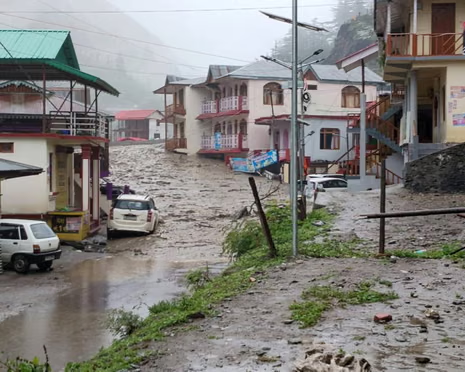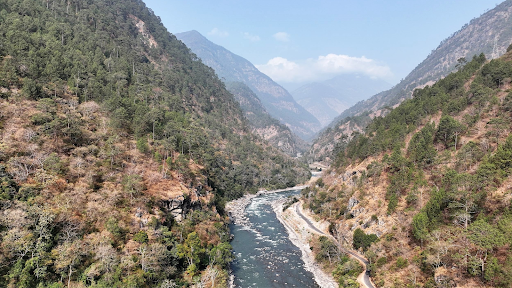



Stampedes, often caused by overcrowding, panic, and poor crowd management, result in injuries and fatalities, especially at religious gatherings. Factors like inadequate space, narrow exits, and insufficient security are key contributors. The National Disaster Management Authority provides guidelines to mitigate risks and ensure safety at mass events.

Disclaimer: Copyright infringement not intended.
Six people were killed in a stampede in Tirupati while waiting to collect tokens for the darshan of Lord Venkateswara.
A stampede is an "impulsive mass movement of a crowd that often results in injury and death" due to traumatic asphyxia (stopping of breathing) or other injuries.
Reportedly, religious gatherings accounted for 79% of India's stampedes between 1954-2012. Recent examples include the 2024 Hathras and Kalkaji Temple incidents.
Category |
Details |
|
Huge Gatherings |
Religious gatherings often attract millions of devotees, far exceeding the venue’s capacity. |
|
Ancient Structures |
These ancient structures are ill-equipped to handle large crowds due to narrow pathways, limited exits, and challenges in managing massive gatherings in confined spaces. |
|
Other Causes |
Poor crowd management, lack of proper security measures, and insufficient emergency protocols further exacerbate the situation. |
|
Reasons for Casualties |
Primary Cause: Trauma, often from blunt force injuries. Other Causes: Traumatic asphyxia (cessation of respiration), heart attack, direct crushing injury to internal organs, head injuries, and neck compression. |
Phase |
Key Activities |
|
1. Pre-event Planning Phase |
Crowd Profiling and Understanding: Assess crowd behavior based on event type (e.g., religious, political) to tailor strategies. Data-driven Decision Making: Analyze historical data and crowd behavior patterns for improved planning and risk mitigation. Unified Control System: Establish a centralized control room to manage activities and coordinate real-time responses. Risk Assessment and Logistics Planning: Identify hazards and optimize operation and traffic management. Use of Technology: Implement tools like GIS, CCTV, UAV, SMS alerts, and RFID tags for crowd monitoring, rumor checking, and early warning. Medical Preparedness: Ensure the availability of first aid personnel, emergency kits and life-saving medications. |
|
2. During the Action (Implementation Phase) |
Real-time Monitoring: Continuously monitor crowd behavior to detect potential emergencies early. Crowd Size Estimation: Accurately estimate crowd size for efficient resource allocation. Effective Communication: Use loudspeakers and public address systems to inform the crowd and management teams. Crowd Flow Management: Ensure the availability of emergency exits and provide alternative routes to manage crowd pressure. Community Collaboration: Collaborate with NGOs and civil defense teams in crowd flow management and medical assistance. |
Case Study in Crowd Management
Japan and Singapore: Use advanced technologies such as artificial intelligence crowd monitoring systems, real-time data analysis, mobile applications, etc.
Saudi Arabia: Hajj Pilgrimage Management: Saudi Arabia uses a combination of crowd flow modeling, designated time slots for rituals, etc.
Source:
|
PRACTICE QUESTION Q.Stampedes are a recurring problem in India. Analyze the causes behind stampedes in India. Discuss the challenges in preventing such incidents and suggest measures to ensure better crowd management and public safety. (250 words) |










© 2025 iasgyan. All right reserved